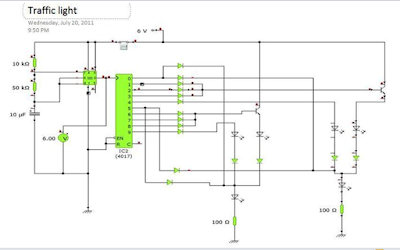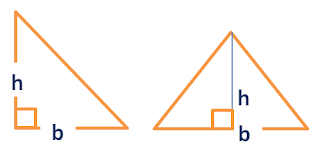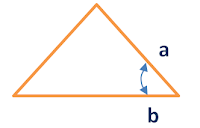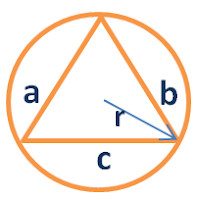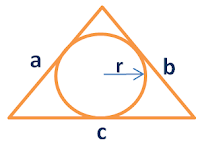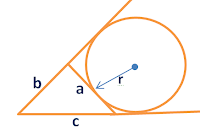Recloser is a device that is used in over head distribution systems to interrupt the circuit to clear faults. Automatic reclosers have its electronic control senses and vacuum interrupters that automatically recloses to restore service if a fault is temporary. There are several attempts that may be made to clear and reenergize the circuit and if the fault still exist the recloser locks out. Reclosers are made in single-phase and three-phase versions, and use oil or vacuum interrupters.
Operation
Systems where a SCADA control interface capability is required in the use of automatic reclosers. The controls for the reclosers range from the original electromechanical systems to digital electronics. The operating sequence of all the reclosers can be all fast, all delayed or any combination of fast followed by delayed up. Fast operations clear temporary faults before branch circuit line fuses are weakened. Delayed operations allow time for down time protective devices to clear so that permanent faults can be confined to smaller sections of the system.
A complete electronic recloser package consists of the recloser which interrupts the circuit, an electronic control which senses over-currents and actuates the recloser and an interconnecting control cable.
Tripping and Closing
Operation
Systems where a SCADA control interface capability is required in the use of automatic reclosers. The controls for the reclosers range from the original electromechanical systems to digital electronics. The operating sequence of all the reclosers can be all fast, all delayed or any combination of fast followed by delayed up. Fast operations clear temporary faults before branch circuit line fuses are weakened. Delayed operations allow time for down time protective devices to clear so that permanent faults can be confined to smaller sections of the system.
 |
| Three Phase Vacuum Circuit Recloser image credit: www.abb.com |
Tripping and Closing
Recloser tripping and closing are initiated by signals from the
electronic control. When fault currents in excess of the programmed minimum-trip
value are detected in one or more phases, a signal from the control actuates a
low energy tripper in the operating mechanism of the recloser to trip the
opening springs and open the interrupter contacts. Closing energy and the force
required to charge the opening springs is supplied by a high-voltage closing solenoid
momentarily connected phase-to-phase through a high-voltage contactor. At the programmed reclosing time, the control
energizes a rotary solenoid in the operating mechanism which mechanically
closes the closing solenoid contactor to connect the closing coil to its power source. The energized closing coil pulls a plunger
down, charging the opening springs.








